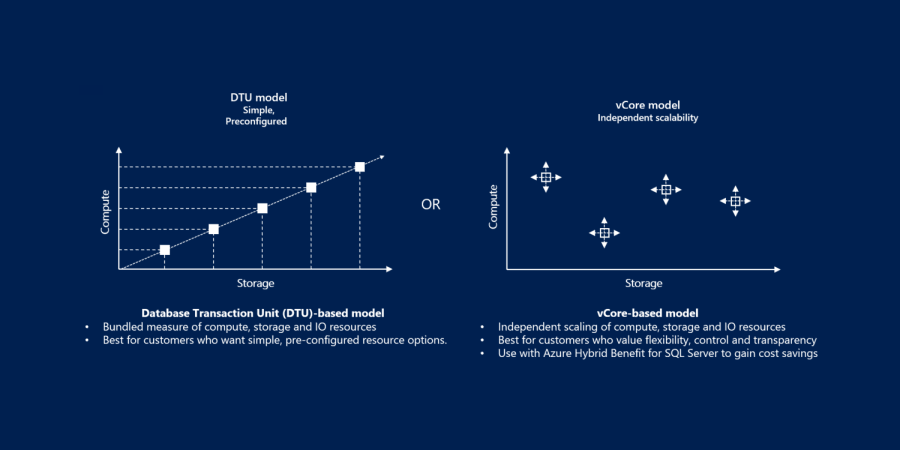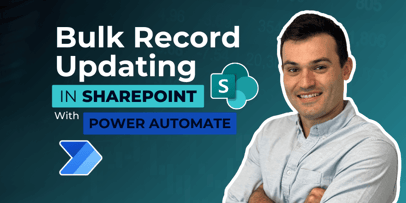Automating Notifications with Power Automate: A Pragmatic Guide
DTU vs. vCore - What's the Difference?

UPDATE (3/5/2024)
Austin Libal has recorded a new video reviewing the differences between DTU and vCore.
Introduction
If you're new to Azure SQL Database, you might be wondering about the differences between the DTU and vCore pricing models. In this article, we'll clarify these distinctions and provide recommendations for external links to further enhance your understanding.
DTU vs. vCore Pricing Models: Unveiling the Differences
First and foremost, it's essential to grasp that regardless of whether you opt for DTU or vCore pricing for Azure SQL Database, the underlying service remains the same. The difference lies in how the service is billed and how you allocate your databases.
DTU (Database Transaction Unit) Model
The DTU model was the initial pricing approach introduced for Azure SQL Database. DTU is a composite metric that encompasses CPU, memory, and IO resources. It was devised to offer a relative measure of the database's computational power. In simple terms, the higher the number of DTUs, the more potent your database is.
DTUs range from 5 on the lower end to a maximum of 4,000 on the higher end. However, one challenge with DTUs was the ambiguity surrounding what exactly constitutes a DTU. Over time, Microsoft recognized this concern and introduced the vCore pricing model.
vCore (Virtual Core) Model
vCore, an abbreviation for virtual core, was designed to streamline the translation of your on-premises hardware specifications to their Azure SQL Database counterparts. When you use the vCore model for pricing, you gain insights into the actual available RAM, processor type, and processor speed, which are crucial hardware details. In contrast, with the DTU model, these specifics are bundled as part of the service, leaving you unaware of the underlying hardware details.
Here are a few key points to consider:
- Both pricing models are per-database charges.
- With the DTU model, you pay a fixed price covering compute (or IO/memory), data storage, and backup retention.
- In the vCore model, you have separate charges for compute (specifying the type of node or compute power) and storage, giving you greater cost management flexibility.
- It's worth noting that you can switch between DTU and vCore models, so you're not locked into one choice.
Choosing Between DTU and vCore
The decision between DTU and vCore depends on your specific needs. Here's a simplified breakdown:
- DTU Model: Offers simplicity with fewer options and a single fixed price that includes everything. Ideal for those seeking straightforward pricing.
- vCore Model: Provides flexibility and transparency into your costs, making it advantageous if you want more control over your resources.
If you have Microsoft software assurance and are familiar with its benefits, the vCore model may offer advantages. However, if you're new to software assurance, starting with the DTU model might be a better choice.
Explore Further Resources
To deepen your understanding of Azure SQL Database pricing, we recommend checking out these external links:If you have any questions about Azure SQL Database, the Azure platform, or anything related to Azure or data for your business, feel free to contact us. We're here to assist you at every stage of your cloud journey.
Sign-up now and get instant access

ABOUT THE AUTHOR
Austin is a Jacksonville native who graduated from The Baptist College of Florida in 2012. He previously worked as a manager in the retail service industry. He enjoys spending time with his wife and two kids. His primary focus at Pragmatic Works is on Azure Synapse Analytics and teaching the best practices for data integration, enterprise data warehousing, and big data analytics. He also enjoys helping customers learn the ins and outs of Power BI and showing people new ways to grow their business with the Power Platform.
Free Trial
On-demand learning
Most Recent
private training







-1.png)
Leave a comment